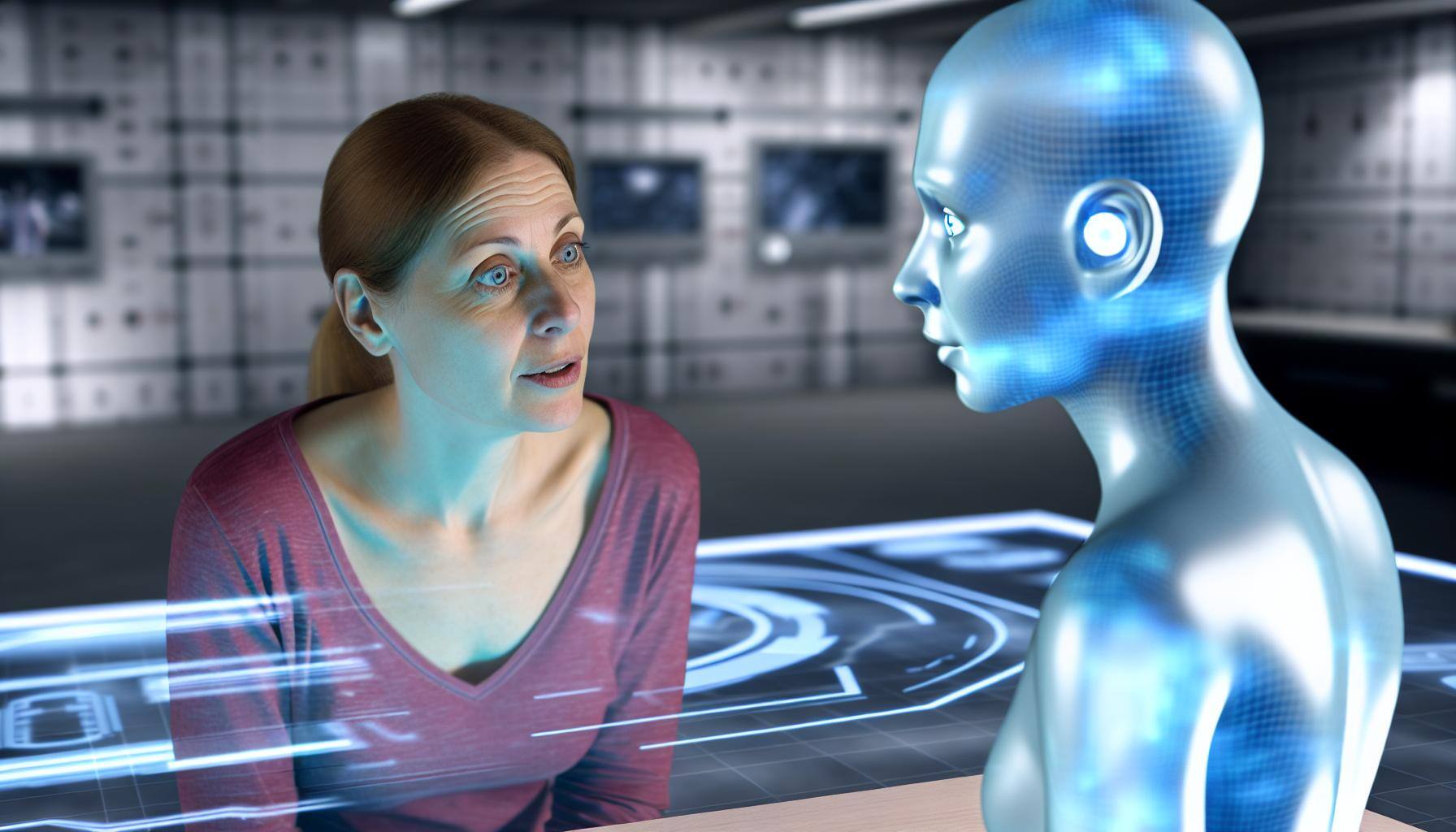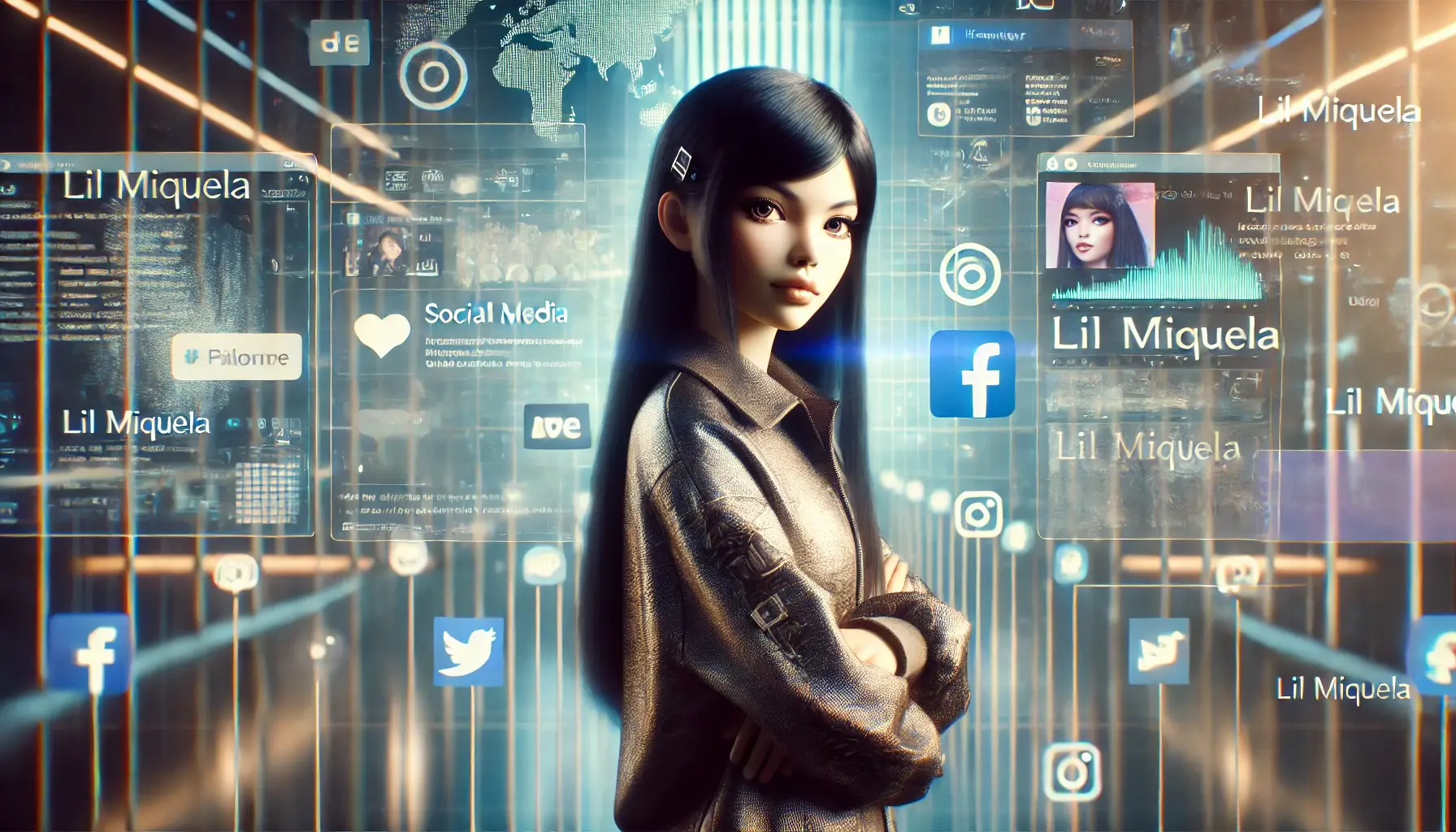4 min read
The Rise of Virtual Humans: Revolutionizing the Way We Interact
Virtual humans, also known as virtual agents or AI avatars, are computer-generated characters that simulate human-like behavior and interactions....
4 min read
The Amazing Team at Virtual Marketer Max : Jul 11, 2024 1:00:00 PM
Virtual models, also known as digital twins, have become an integral part of industries across the globe. These computer-generated replicas of physical objects have revolutionized how businesses operate, creating immense opportunities for growth and advancement.
In this article, we'll explore the multifaceted world of virtual models by examining their definition, historical evolution, significance, emerging trends, hurdles and remedies, statistical insights, future outlook, and the newest advancements, offering readers an in-depth perspective on this groundbreaking technology.
Virtual models can be defined as computer-generated representations of physical objects or systems. These digital replicas simulate the behavior and characteristics of their real-world counterparts, allowing for analysis, testing, and optimization without the need for costly physical prototypes.
The concept of virtual modeling can be traced back to the 1960s when NASA developed virtual representations of spacecraft to study their performance and make necessary modifications.
The advancement of computer technology and simulation software in the following decades led to the widespread adoption of virtual models across industries.
Today, virtual modeling has become an essential tool for design, simulation, and analysis, enabling businesses to innovate and improve their products and processes.
Virtual models play a pivotal role in streamlining operations, reducing costs, and driving innovation. They allow businesses to visualize their products, systems, or processes in a virtual environment, enabling them to identify and rectify any flaws or inefficiencies before implementation.
By eliminating the need for physical prototypes, virtual models significantly reduce product development timelines and associated costs. Moreover, these digital replicas pave the way for advanced simulations, optimization, and predictive capabilities, ultimately enhancing overall performance and competitiveness.
In recent years, several trends have emerged in the field of virtual models. One prominent trend is the integration of artificial intelligence (AI) and machine learning (ML) algorithms into virtual modeling systems.
These algorithms enable virtual models to learn and adapt, leading to more accurate predictions and realistic simulations. Another trend is the collaboration between virtual modeling platforms and the Internet of Things (IoT), allowing businesses to collect real-time data and create dynamic virtual models that reflect the actual behavior of their physical counterparts.
While virtual models offer numerous benefits, they also present certain challenges. One major challenge is the complexity of creating accurate virtual replicas.
Obtaining precise and reliable data about the physical object or system is crucial for the fidelity of the virtual model. Moreover, computational limitations and the need for high-performance computing infrastructure can pose obstacles to the creation and analysis of large-scale virtual models.
To address these challenges, advancements in sensing technologies, data collection methods, and computing power are continually being made.
According to a report by Markets, the virtual modeling market is projected to reach a value of $20.31 billion by 2023, growing at a compound annual growth rate (CAGR) of 15.1% from 2018 to 2023. This market growth is driven by factors such as the increasing adoption of virtual models in manufacturing, architecture, and healthcare, as well as the rising demand for quick and cost-effective product development strategies.
The future prospects of virtual models are promising, with advancements in technology and increasing industry adoption. Virtual models are expected to play a critical role in the development of smart cities, where digital twins of entire urban systems can be created and managed to optimize energy consumption, traffic flow, and infrastructure maintenance. Additionally, virtual models will continue to evolve with advancements such as real-time simulations, augmented and virtual reality integration, and improved predictive analytics.
In recent years, virtual modeling has witnessed significant advancements. For instance, the emergence of cloud-based virtual modeling platforms has made it more accessible to businesses of all sizes. Cloud computing provides the necessary computing power and storage capabilities required for creating and analyzing virtual models, eliminating the need for costly infrastructure investments.
Furthermore, advancements in virtual reality and augmented reality technologies have enhanced the visualization and interaction capabilities of virtual models, making them more immersive and user-friendly.
In conclusion, virtual models have transformed industries by providing digital replicas that simulate the behavior and characteristics of physical objects or systems. They offer numerous benefits, including cost reduction, improved efficiency, and enhanced innovation.
Although challenges such as data accuracy and computational limitations exist, advancements in technology and industry adoption continue to drive the growth and potential of virtual models. As we move towards a more digitized future, virtual models will undoubtedly play a crucial role in reshaping our physical world.
Are you looking to promote your brand and create unique virtual influencers for it? Visit: Virtual Marketer Max

4 min read
Virtual humans, also known as virtual agents or AI avatars, are computer-generated characters that simulate human-like behavior and interactions....

6 min read
Introduction The world of social media and digital marketing has been revolutionized by the advent of virtual influencers. One of the most notable...

7 min read
What is an AI Influencer? An AI influencer is a Virtual persona or Virtual model or digital personality powered by artificial intelligence, designed...